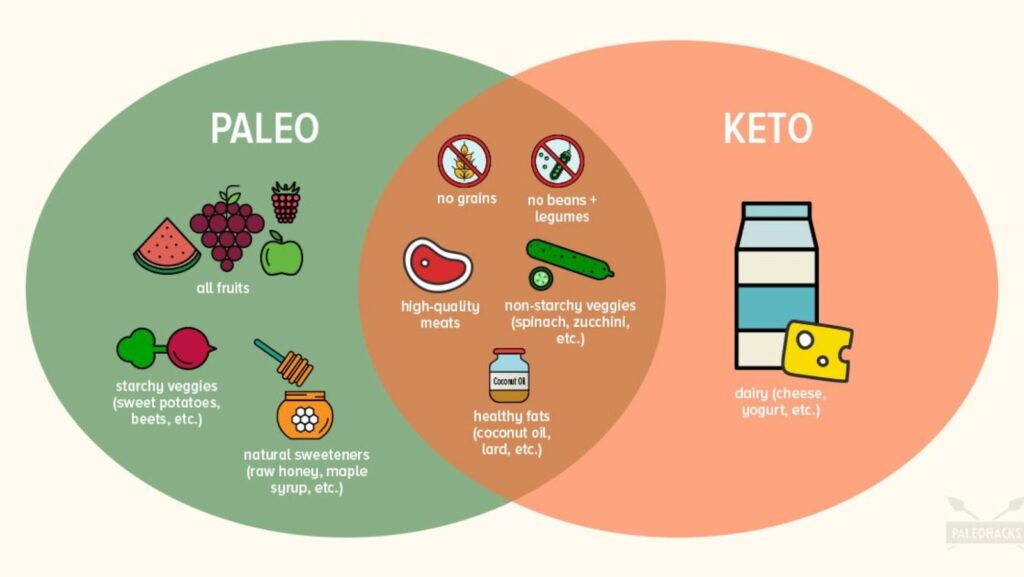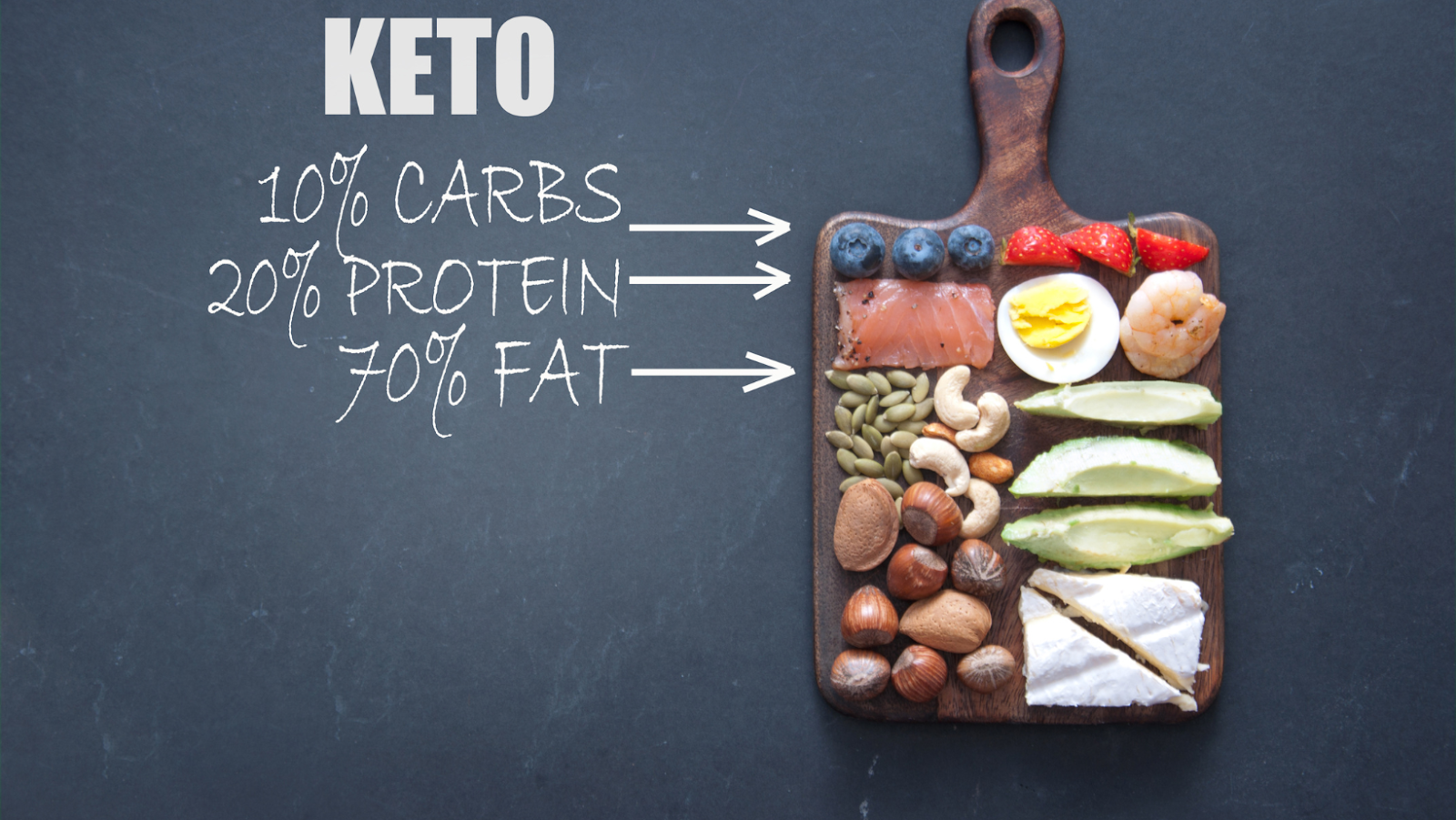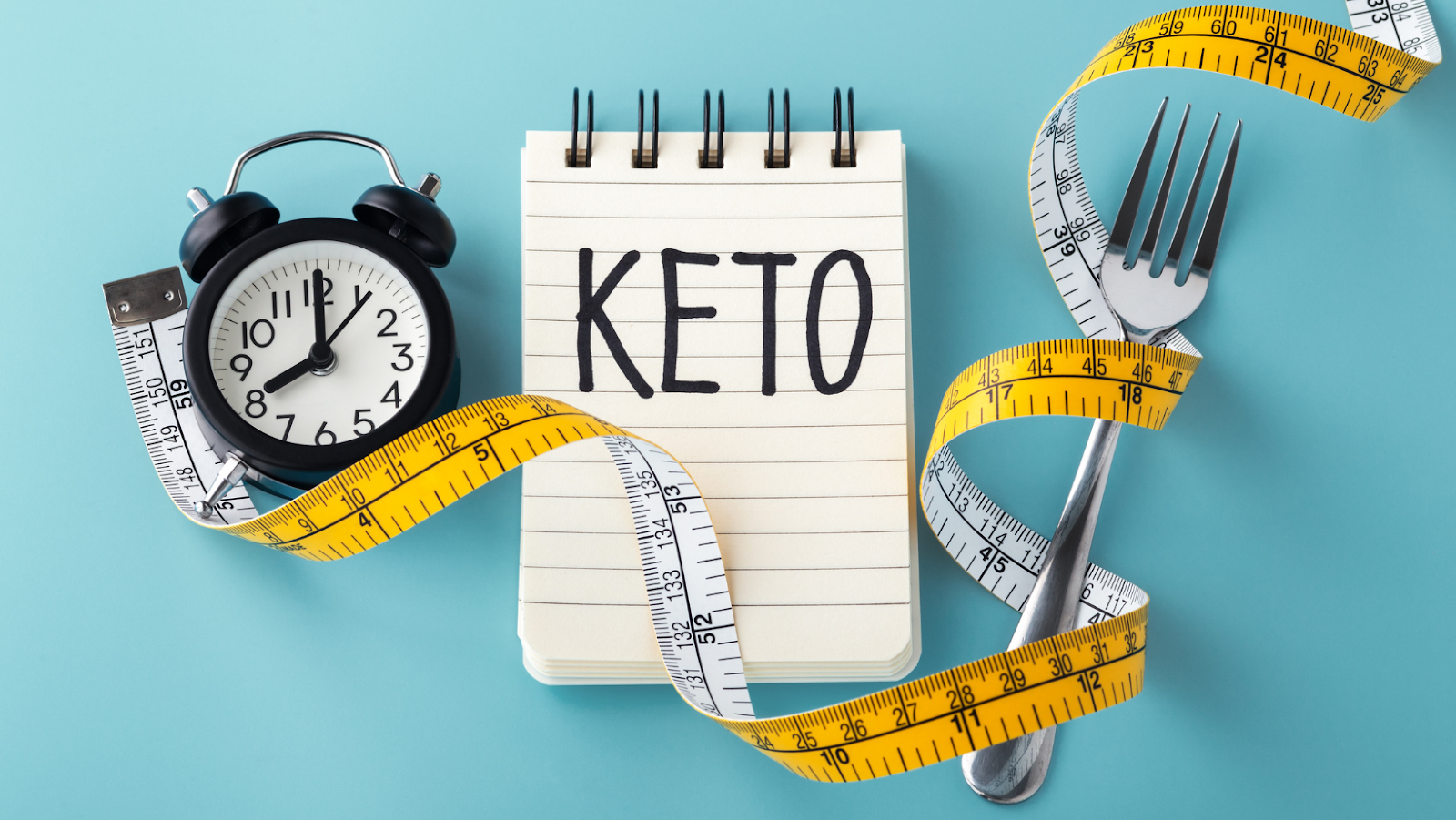Paleo or Ketogenic Diet Which One Has More Benefits

There are a lot of different diet plans out there, and it can be tough to decide which one is right for you. If you’re stuck between the paleo and ketogenic diets, you’re in luck – we’ve got the scoop on which one is better for your health.
Introduction
The ketogenic diet has become increasingly popular in recent years. This low-carb, high-fat way of eating has been shown to offer a variety of health benefits, including weight loss, improved insulin sensitivity, and reduced inflammation.
The paleo diet is another popular option, especially for people who are interested in improving their overall health and well-being. Like the ketogenic diet, the paleo diet focuses on eating whole, unprocessed foods. However, there are some key differences between these two diets that you should be aware of before making a decision about which one is right for you.
What is the Paleo Diet?
The paleo diet is a diet that imitates the diets of our hunter-gatherer ancestors from the Paleolithic era. The premise of the paleo diet is that human beings are best adapted to eating the foods that were available to our ancestors during this time period. The Paleolithic era lasted from 2.6 million years ago until 10,000 years ago. This means that the paleo diet includes foods that were available during this time period.
Some of the food groups that are included in the paleo diet are meat, fish, vegetables, fruit, nuts, and seeds. The paleo diet also allows for small amounts of honey and certain oils (such as olive oil and coconut oil).The paleo diet does not include dairy products, grains, legumes (such as peanuts and beans), or processed foods.
What is the Ketogenic Diet?
The ketogenic diet is a high-fat, adequate-protein, low-carbohydrate diet that in medicine is used primarily to treat difficult-to-control (refractory) epilepsy in children. The diet forces the body to burn fats rather than carbohydrates. Normally, the carbohydrates contained in food are converted into glucose, which is then transported around the body and is particularly important in fueling brain function. However, if little carbohydrate remains in the diet, the liver converts fat into fatty acids and ketone bodies. The ketone bodies pass into the brain and replace glucose as an energy source. An elevated level of ketone bodies in the blood, a condition known as ketosis, leads to a reduction in the frequency of epileptic seizures.[1] Almost half of children and young people with epilepsy who have tried some form of this diet saw the number of seizures drop by at least half, and the effect persists even after discontinuing the diet.[2] There is some evidence that adults with epilepsy may benefit from the diet,[9] although it may not be suitable for long-term use or for those with certain medical conditions.[1][10]
Paleo or Keto Diet
There are a lot of diets out there, and it can be hard to know which one is right for you. If you’re considering the paleo or keto diet, you may be wondering which one is more beneficial.Both the paleo and keto diet have been shown to have health benefits, including weight loss, improved blood sugar control, and reduced inflammation. However, there are some key differences between these two diets that may make one more suitable for you than the other.
The paleo diet is based on the premise that humans should eat the same foods that our hunter-gatherer ancestors ate. This means focusing on whole, unprocessed foods like vegetables, fruits, meat, and seafood. The keto diet is a high-fat, low-carbohydrate diet that encourages your body to burn fat for fuel.

 Fad Diets and Long-Term Solutions: A History of Dieting Trends
Fad Diets and Long-Term Solutions: A History of Dieting Trends  5 Weight Loss Myths
5 Weight Loss Myths  The Secret to Getting More Energy and Endurance When you are on a Keto Diet
The Secret to Getting More Energy and Endurance When you are on a Keto Diet  The Ultimate Guide to Keto Carrots
The Ultimate Guide to Keto Carrots  The benefits of drinking wine
The benefits of drinking wine  Should Carrots Be On Your Keto Diet Menu
Should Carrots Be On Your Keto Diet Menu